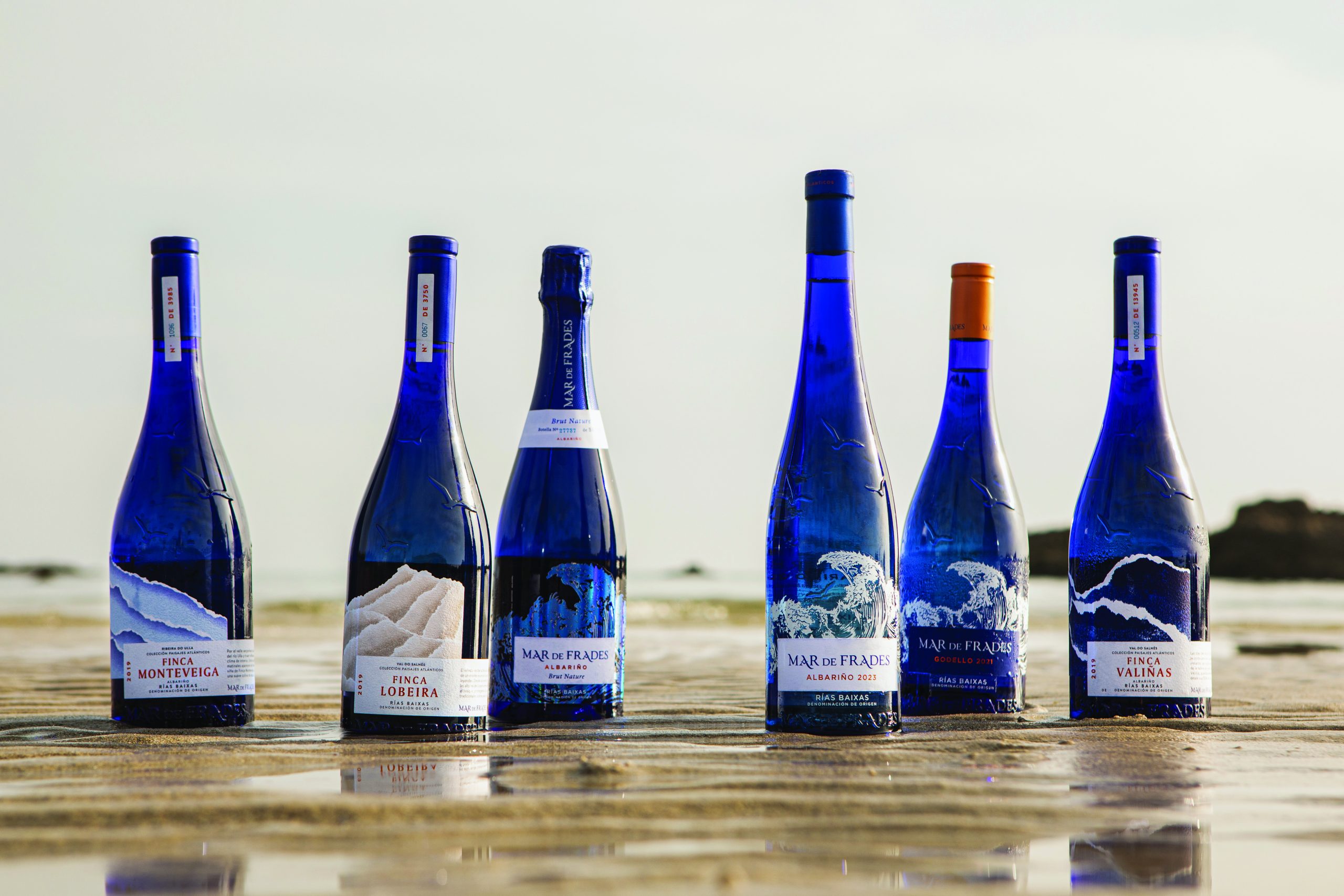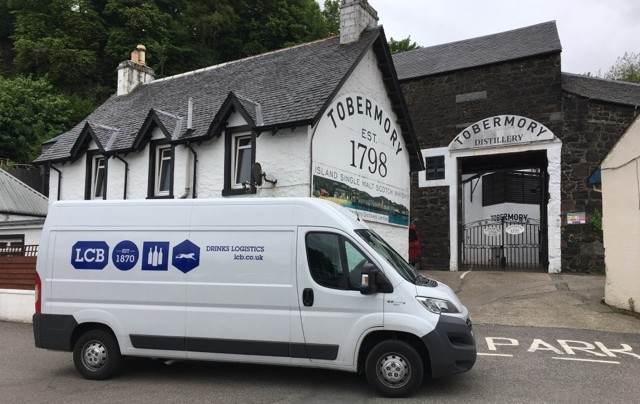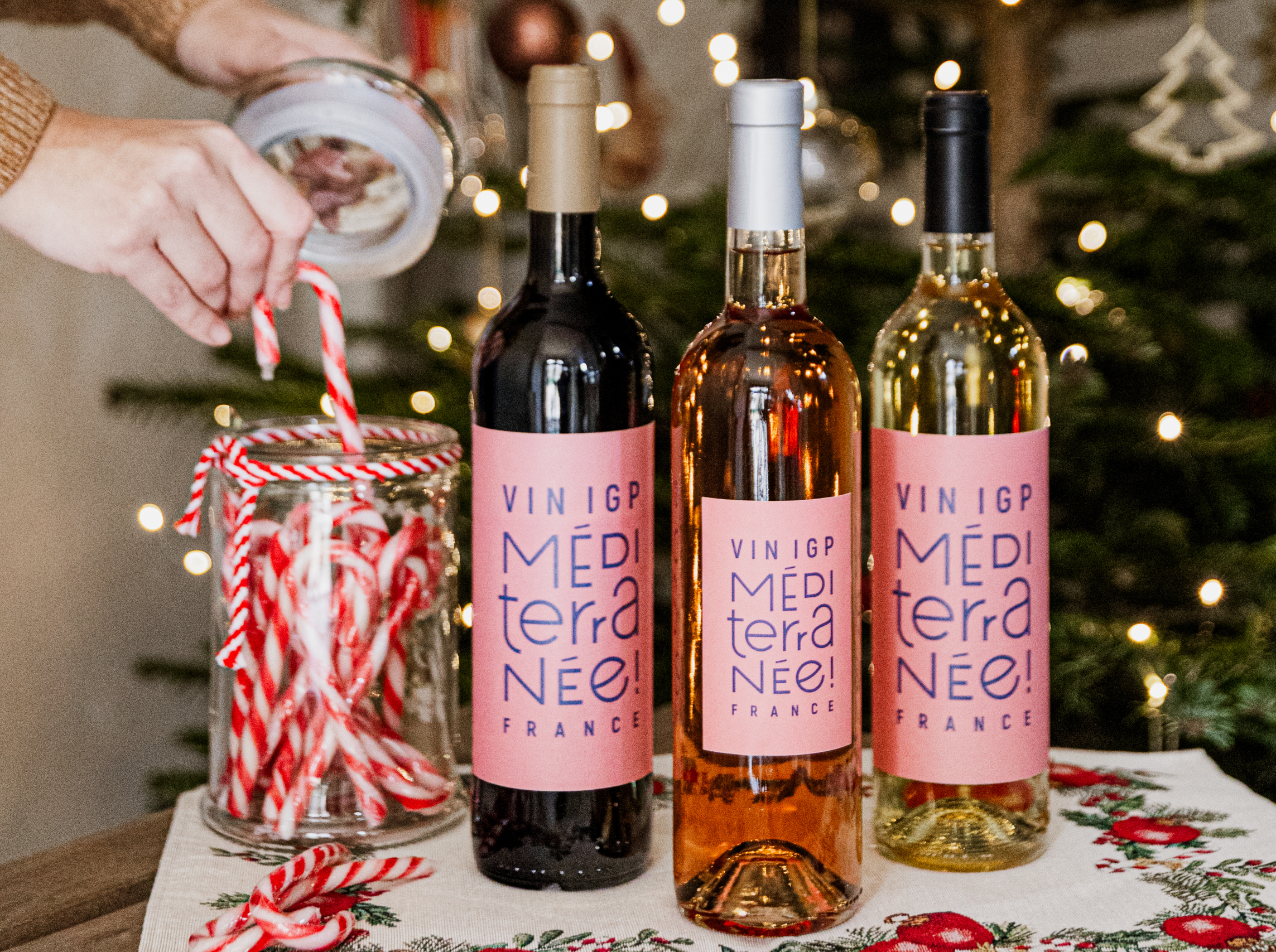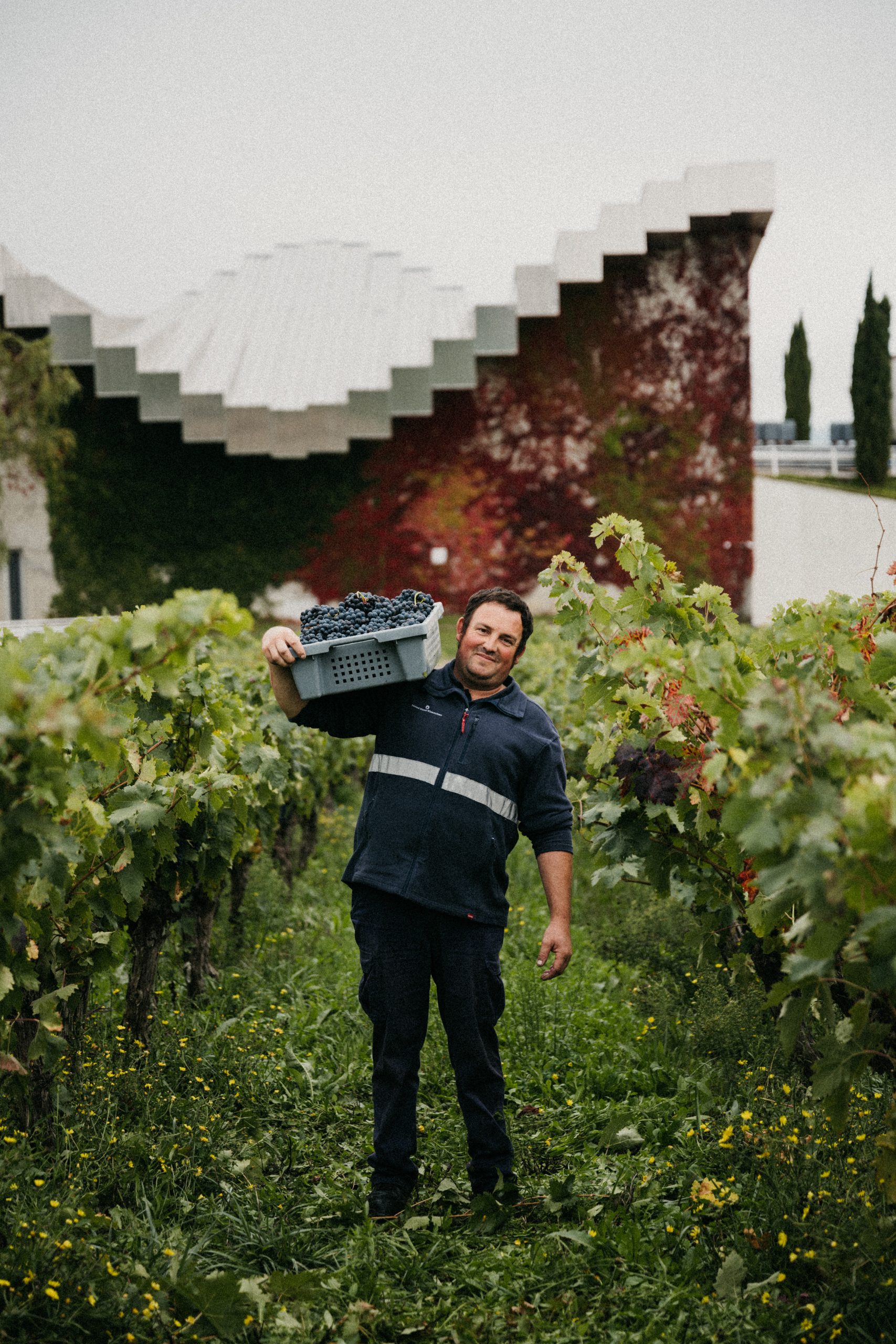Will the rise of Ozempic be bad for booze?
The increasing use of appetite suppressing GLP-1 drugs like Ozempic could trigger a rise in demand for lower-calorie and no- and low-alcohol drinks, according to a new report.
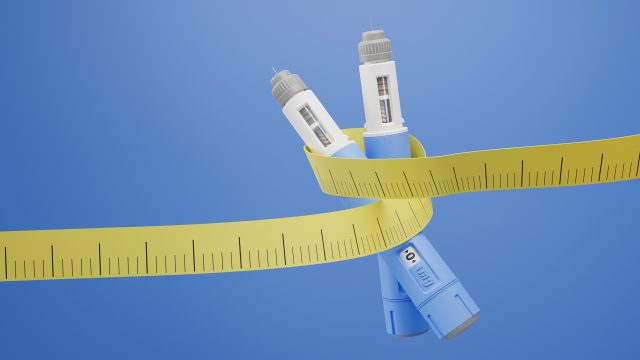
Ozempic, the brand name for a type 2 diabetes drug, has dominated headlines in the last year through its association with weight loss among Hollywood celebrities.
The drug slows down how quickly food is digested and can reduce your appetite, so you eat less. Its application as a weight loss drug has become so ubiquitous that diabetes patients are now experiencing a global shortage of GLP-1 medications.
According to a recent report by the financial services company Moody’s Ratings, up to 30 million Americans could be on a GLP-1 drug by 2030, depending on insurance coverage and how long patients stay on these treatments.
The ratings agency anticipates that sales for current market leaders Novo Nordisk’s Ozempic and Wegovy; and Eli Lilly’s Mounjaro and Zepbound could reach US$80 billion within the next five years.
Diabetes patients are not the only ones impacted by the growth of appetite suppressing drugs. Food and beverage companies will have to adjust to a society in which these drugs are becoming more pervasive.
Moody’s said it expects companies will “tweak their product offerings” in line how medications like Ozempic impact consumer behaviours, mitigating the potentially negative impacts of GLP-1s on their bottom lines.
Partner Content
For alcohol companies this could spell trouble as the rising use of these drugs lowers demand.
“For the folks that are using these drugs, they probably will consume less alcohol, just like they consume less food,” Linda Montag, senior vice president for Moody’s Ratings, told Quartz. “And that’s something that companies will have to adjust and adapt to.”
A Morgan Stanley report from earlier this year also found that people using GLP-1 drugs reduced their consumption of alcohol while on these medications, Quartz reported.
However, declining consumption is already a trend being tackled by alcohol brands, and the rise of appetite suppressors could boost lower calorie and no and low alcohol options.
The market value of no- and low-alcohol products surpassed US$11 billion in 2022, up from $8 billion in 2018, according to IWSR data. And with appetite suppressing drugs turning people away from alcohol as well as food, the non-alcoholic beer, wine and spirits sectors are all the more likely to grow.
Related news
Castel Group leadership coup escalates
For the twelfth day of Christmas...
Zuccardi Valle de Uco: textured, unique and revolutionary wines

